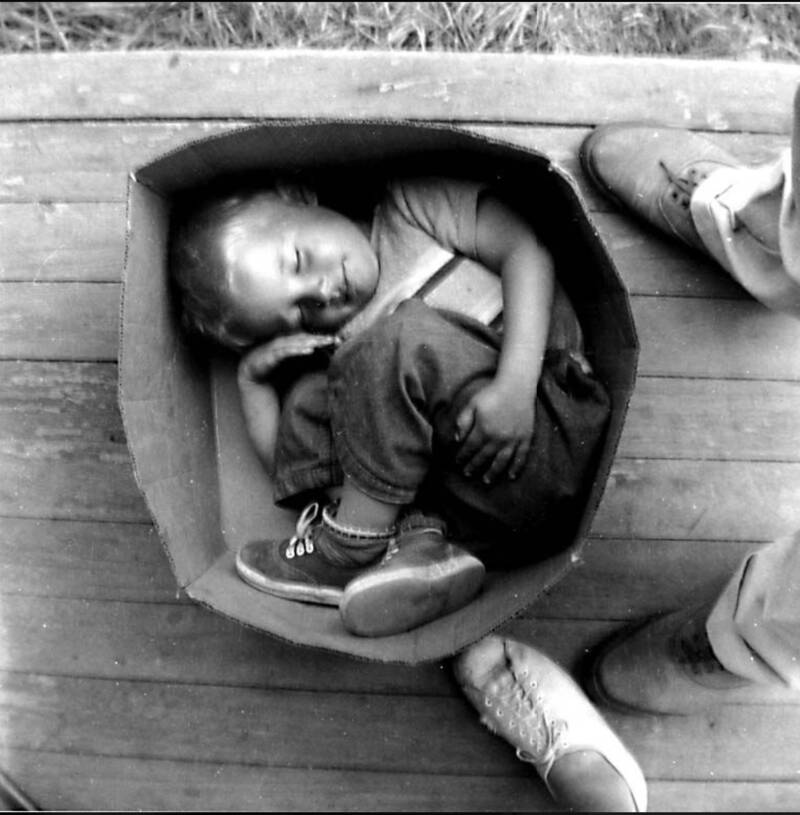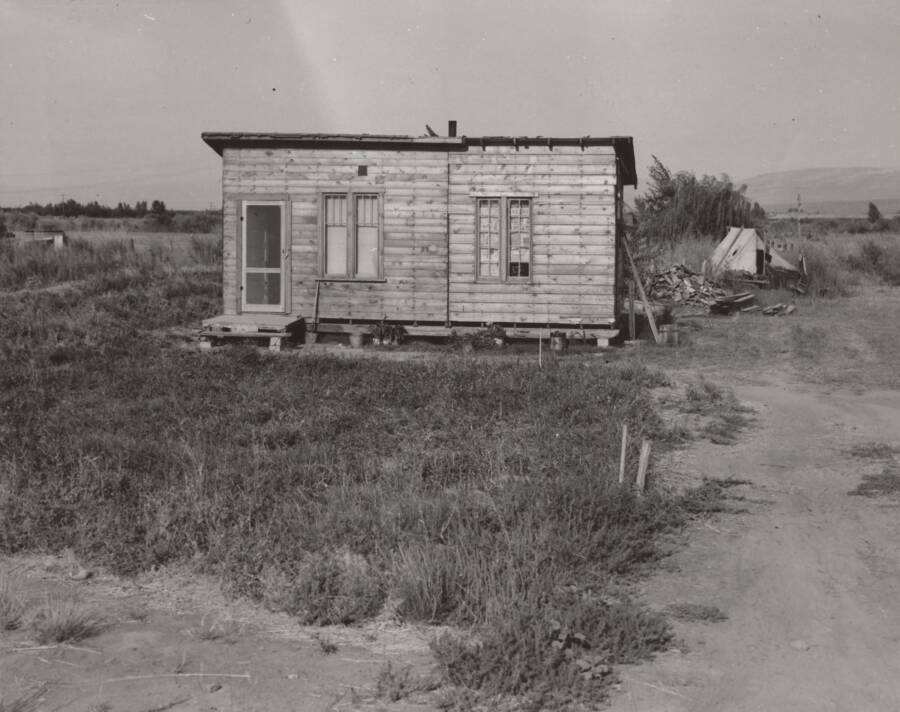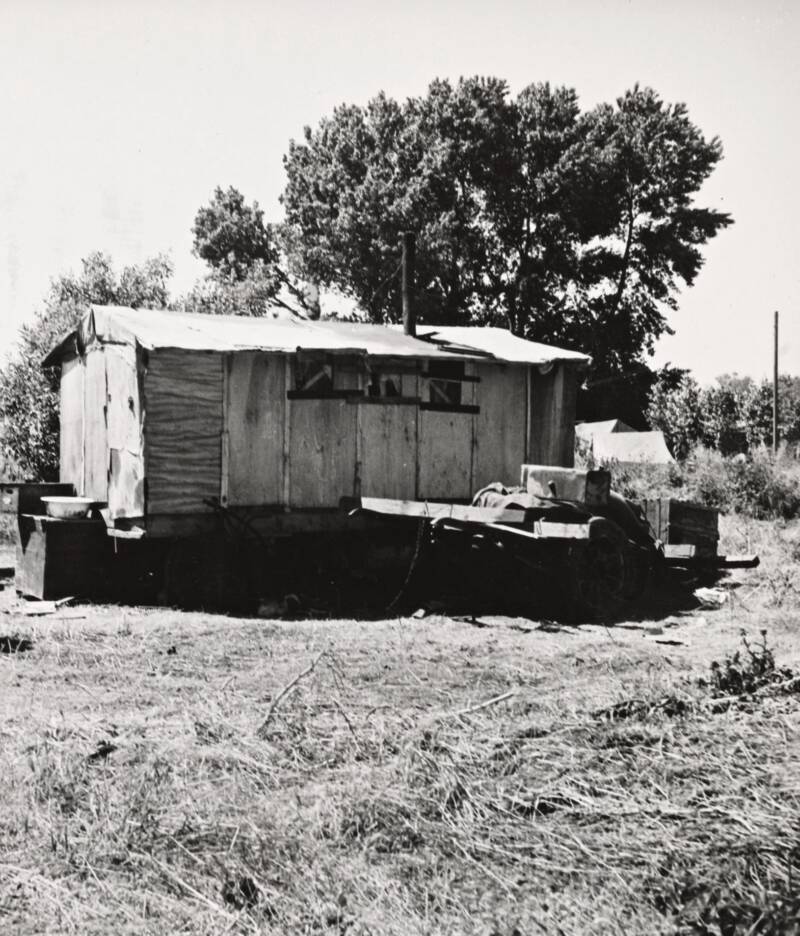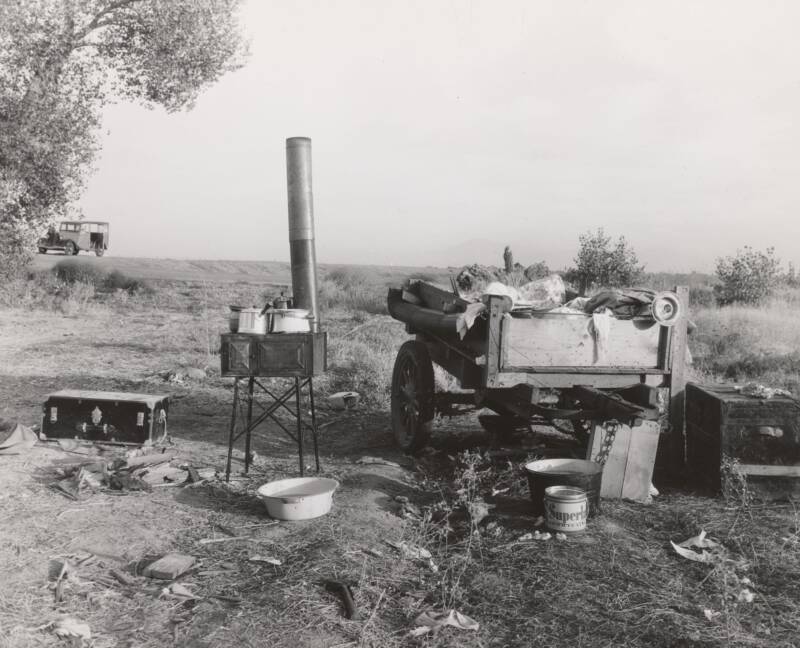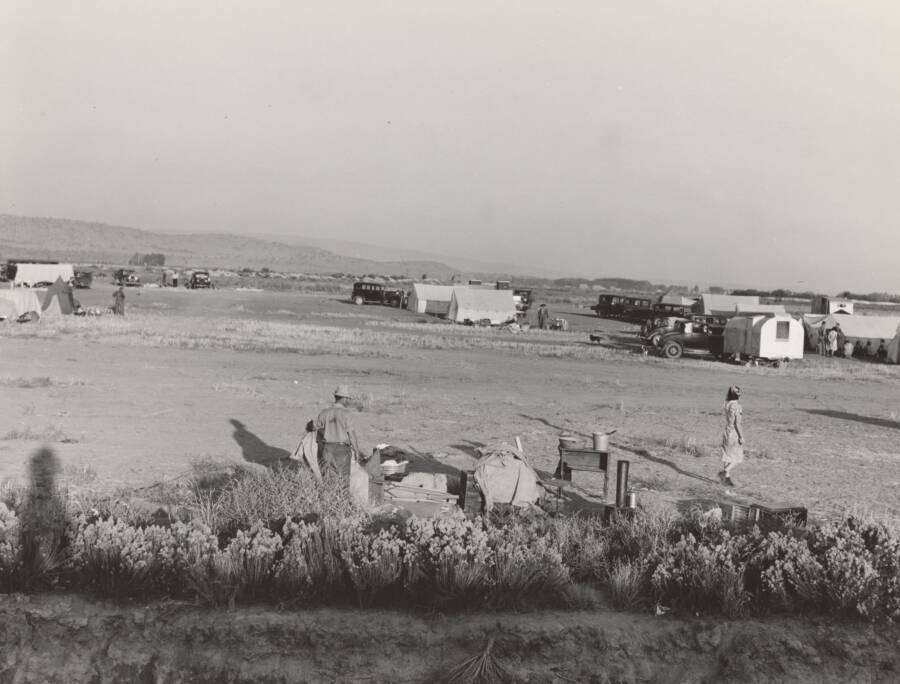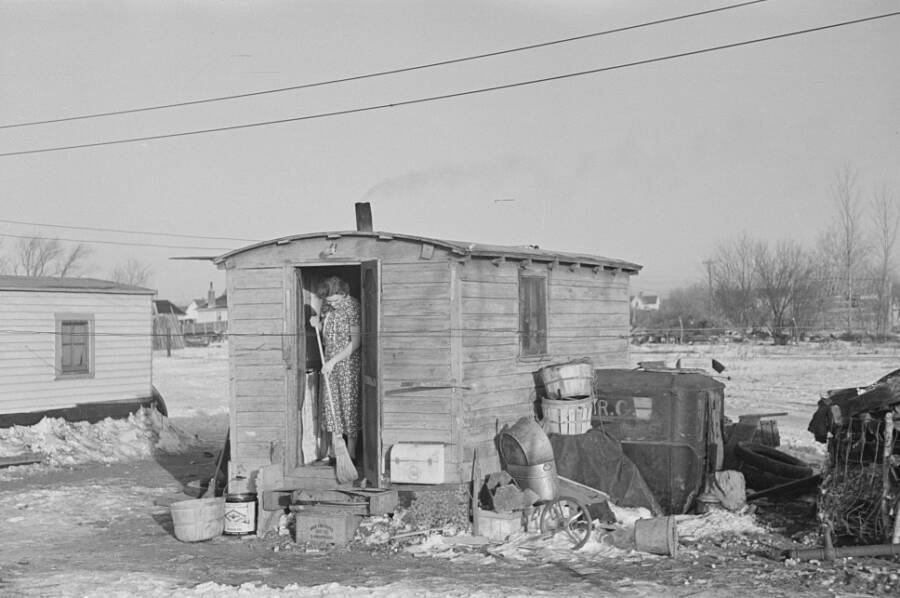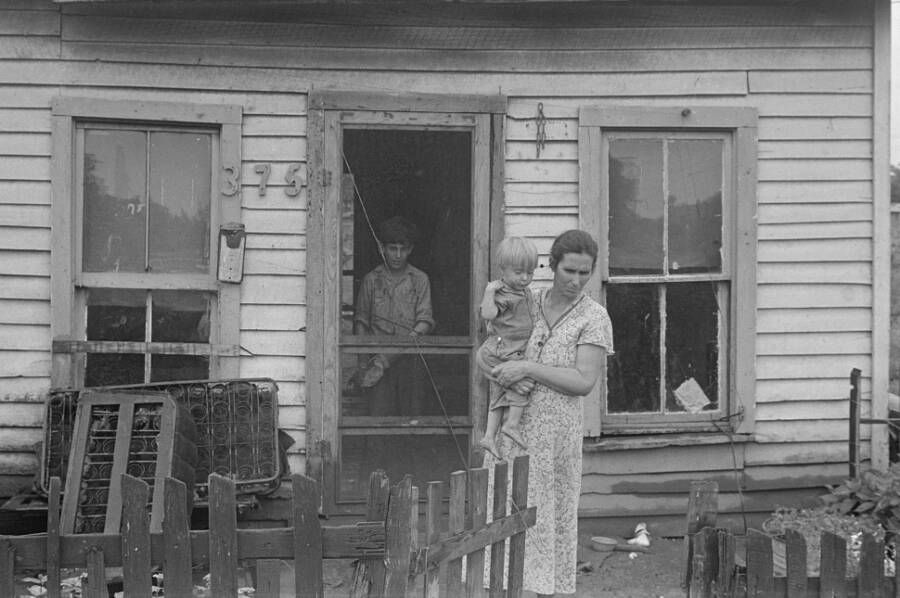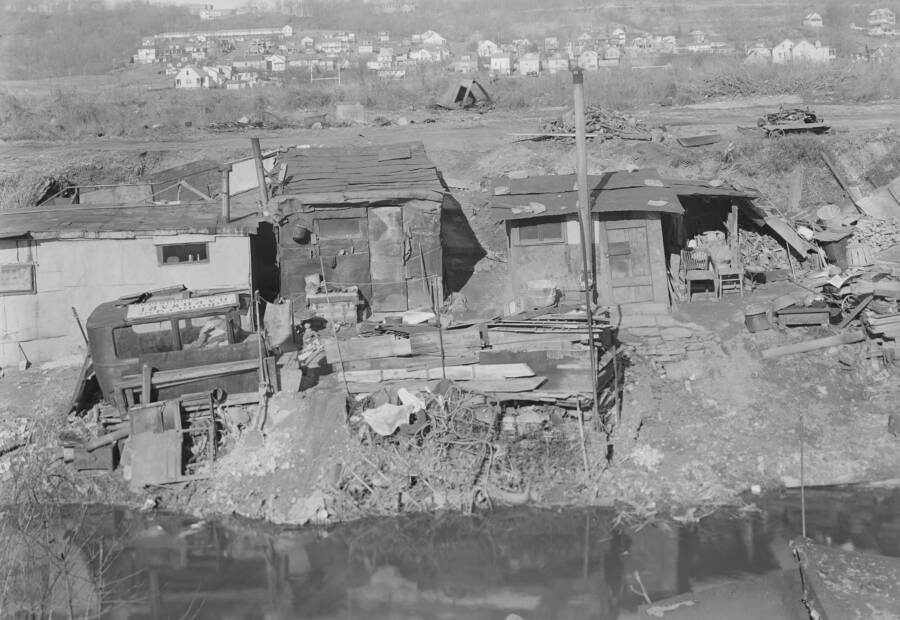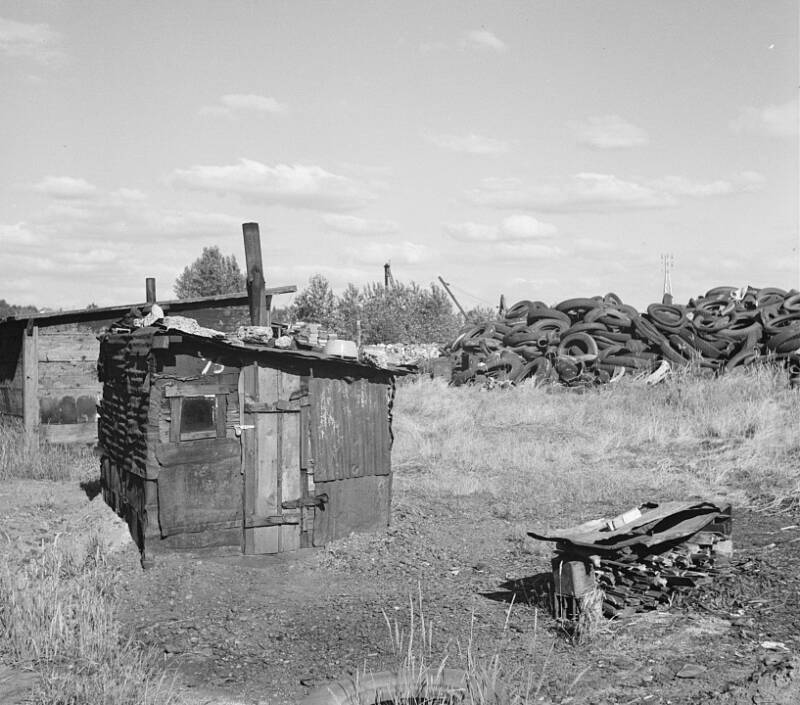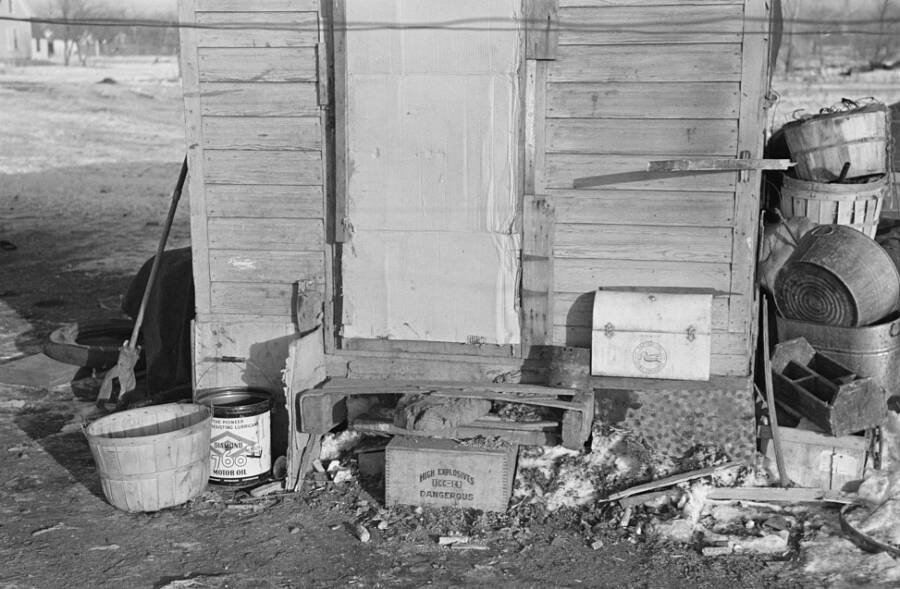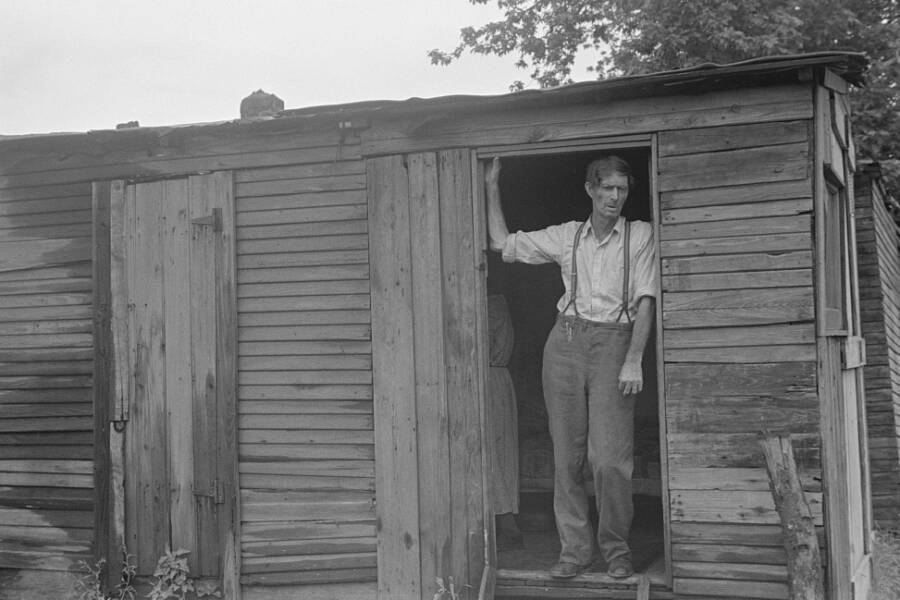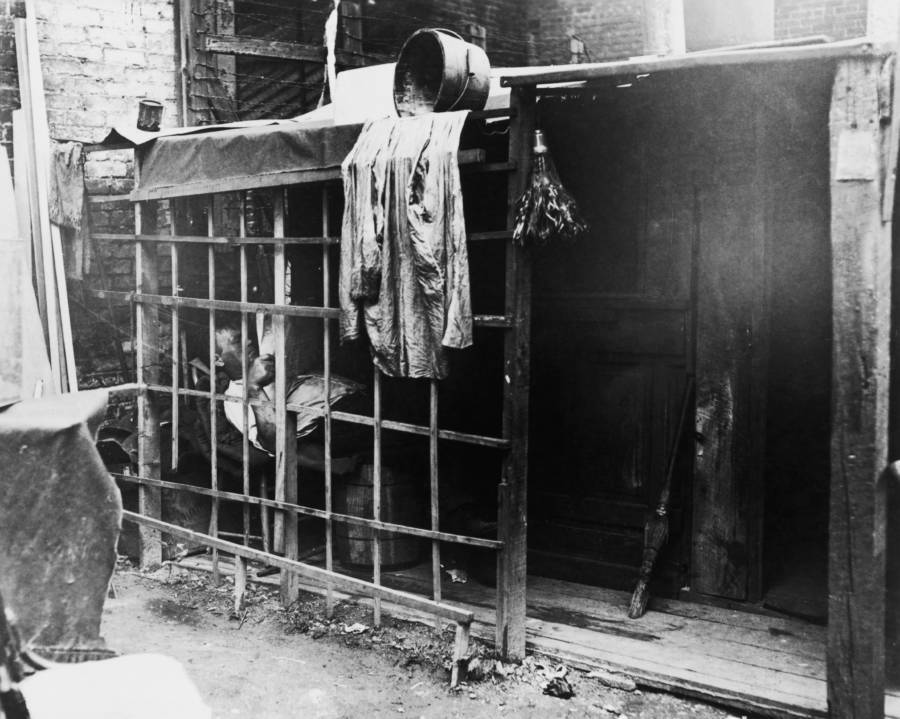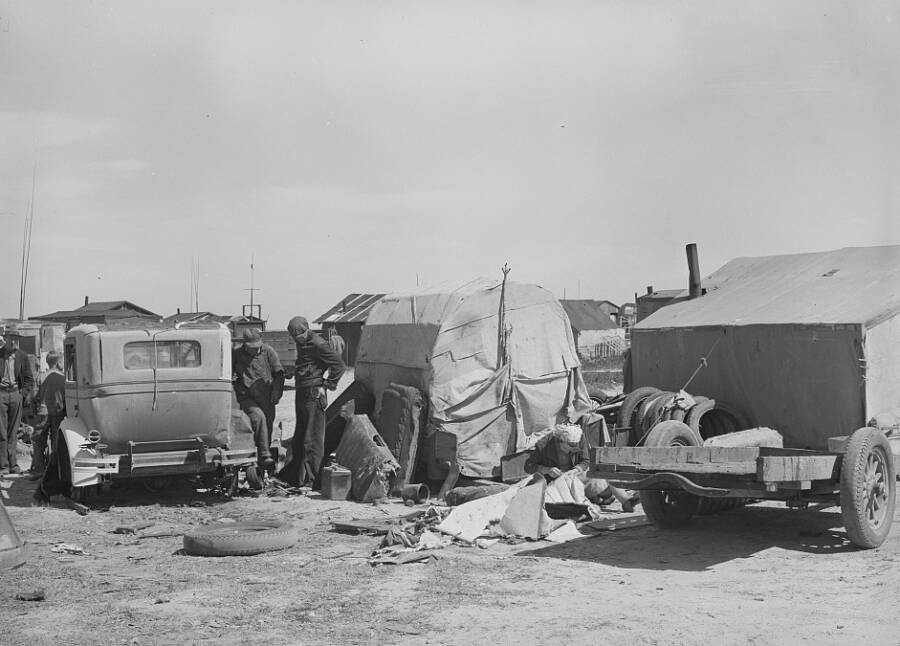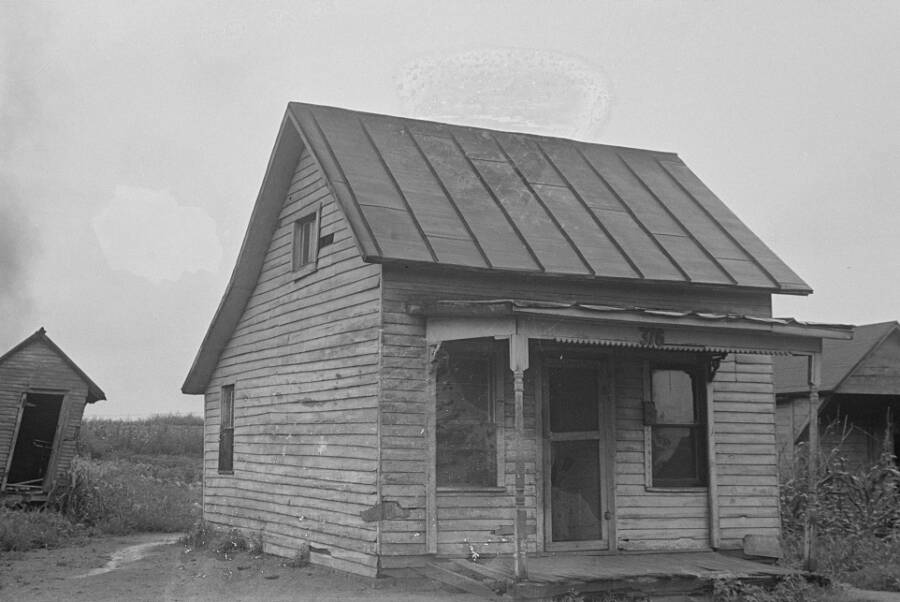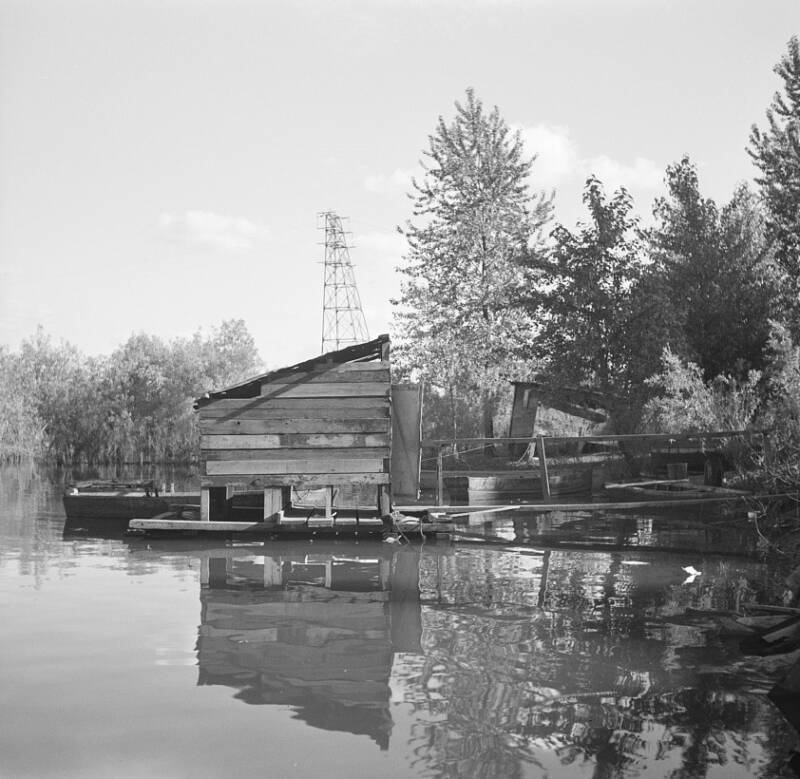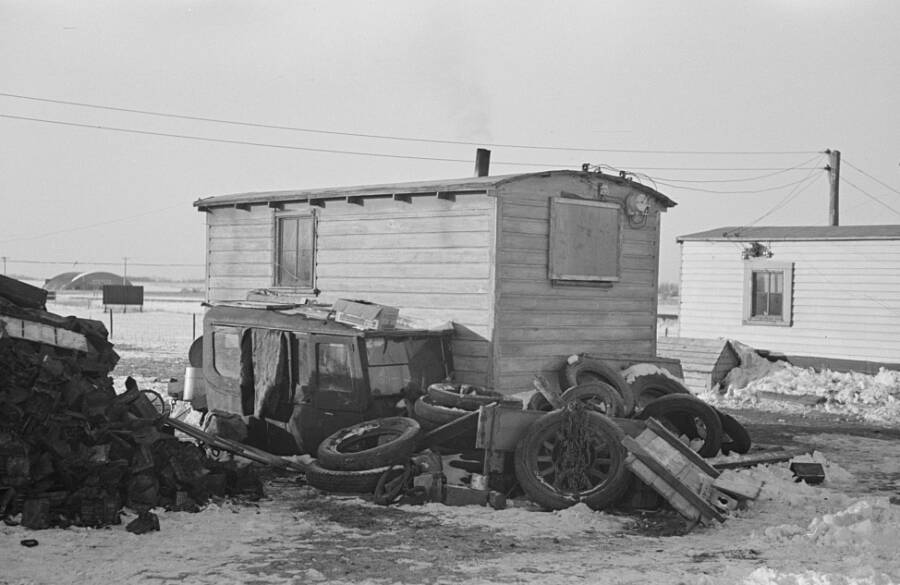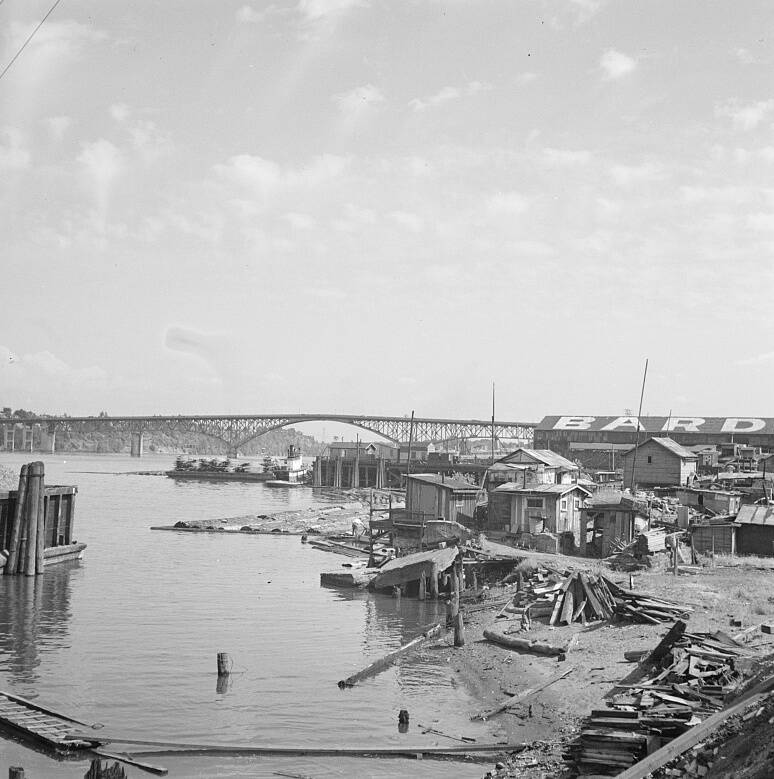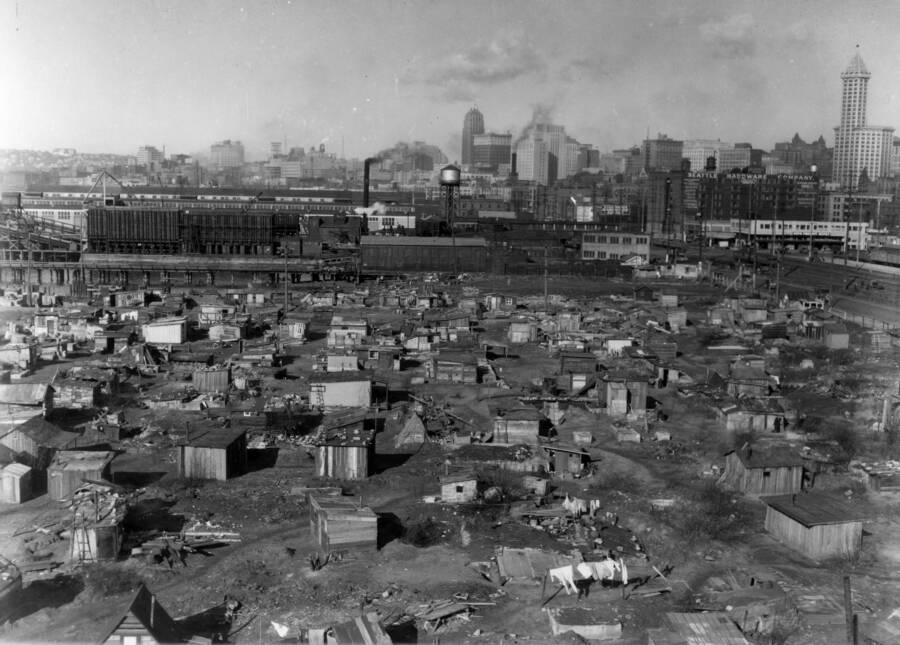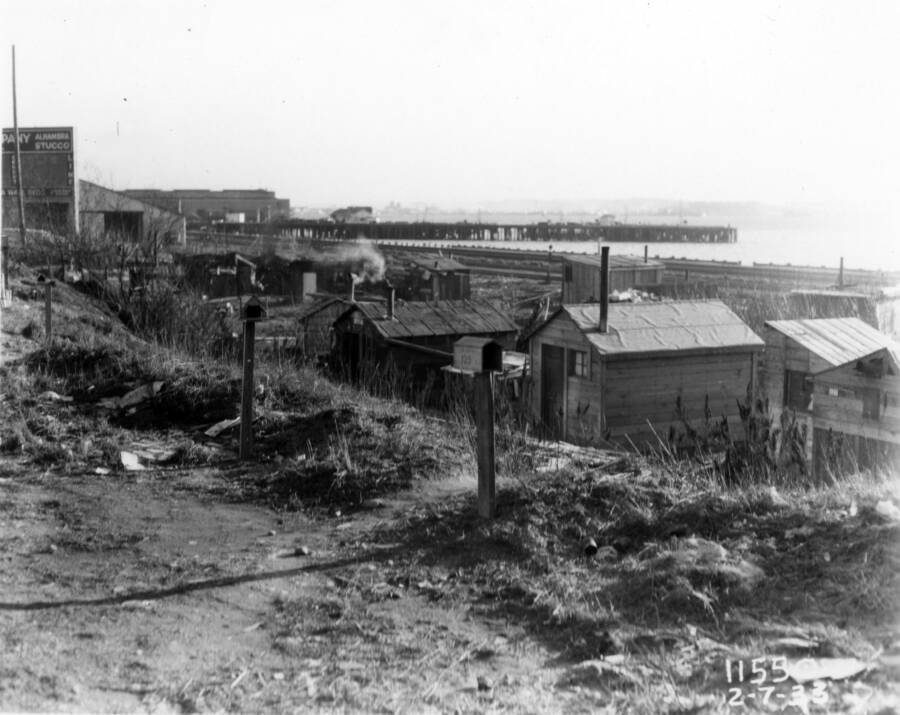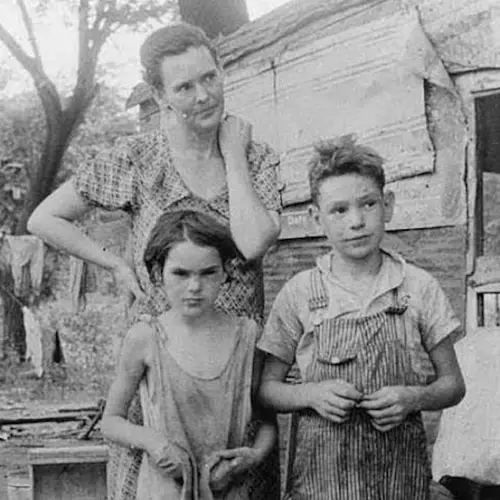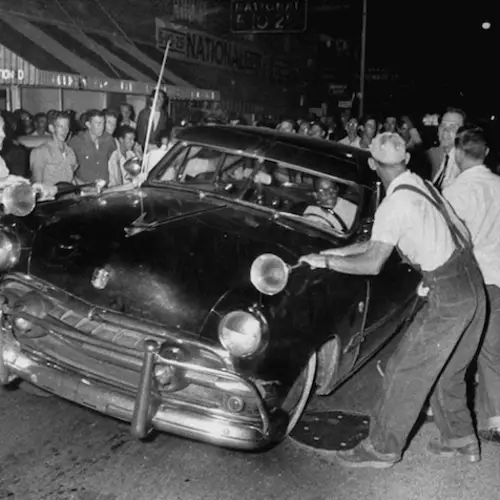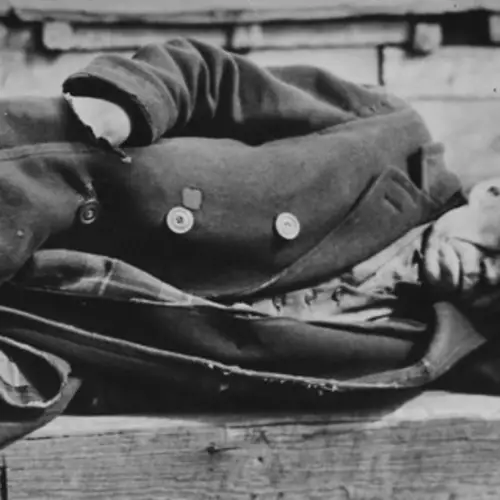When thousands of Americans lost their homes during the Great Depression, many of them moved into makeshift encampments known as Hoovervilles that often had their own laws and systems of government.
Nearly a century after it began, the Great Depression remains the worst economic crisis in United States history. The stock market crash and bank failures left millions of Americans unemployed — and many thousands without homes.
Many unhoused Americans flocked to homeless encampments on the outskirts of their towns, where they built shacks from salvaged materials. These shantytowns became known as Hoovervilles, sarcastically named after President Herbert Hoover.
And as bad as things got during the Depression, Hooverville residents did their best to make the most of their situation, making their makeshift homes as comfortable as possible and often establishing their own laws and systems of government.
The Great Depression And Hoovervilles
The history of Hoovervilles begins with the stock market crash of 1929. That year, during a ten-week period, stocks on the New York Stock Exchange dropped 50 percent in value. The crash triggered the largest depression the country had ever seen. Banks failed, and many lost their life savings. Businesses closed, leaving millions of Americans unemployed.
By 1932, the unemployment rate stood at nearly 25 percent.
After losing their jobs and savings, many thousands of Americans also lost their homes. Many moved in with other family members, cramming together into a single home. Others found themselves homeless.
Homeless encampments sprang up on the edges of town. And soon, they winkingly became known as Hoovervilles, so-named because many blamed President Herbert Hoover for the economic depression. Reporter Charles Michelson, who worked for the Democratic National Committee, is widely credited with coining the term.
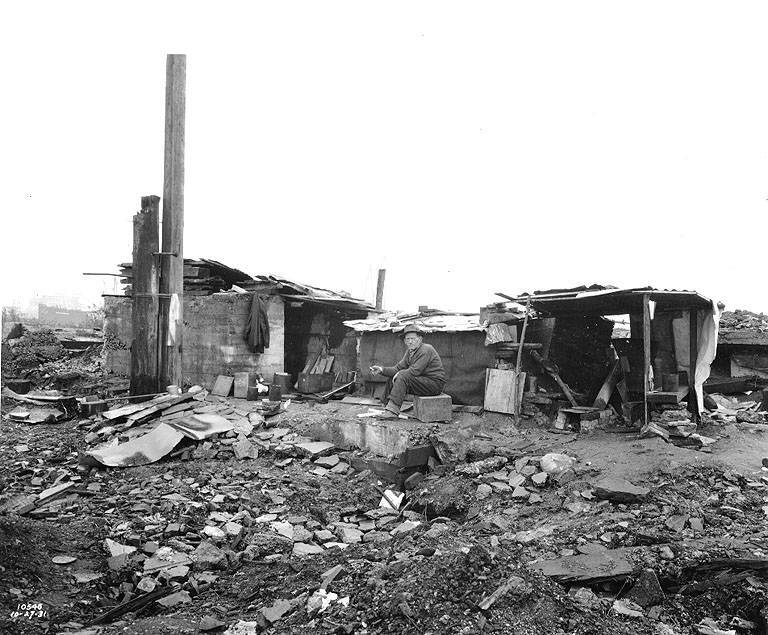
James P. Lee/University of Washington Libraries, Special CollectionsA homeless man sits outside of a shack in the Seattle Hooverville, c. 1931.
Life In The Shantytowns
Hundreds of Hoovervilles popped up across the country during the Great Depression. Some were sprawling encampments with hundreds of buildings. Others were smaller, temporary camps that moved with seasonal jobs.
In major cities like New York City, Washington, D.C., St. Louis, and Seattle, thousands lived in these camps. But what was it like to live in a Hooverville?
"The shacks in Hooverville are built out of every sort of material," explained Hooverville resident Jesse Jackson in a 1935 essay. "Some are no bigger than piano boxes. There is no gas or electricity or running water."
Many residents used cardboard, tin, lumber, tar paper, glass, and other salvaged materials to construct their shanties. Some out-of-work carpenters and masons used their skills to construct more solid structures. Others dug straight into the ground to create dugout shelters.

University of Washington Libraries, Special CollectionsHooverville shacks needed constant repairs. In this 1939 image, Edwin Hill stacks chunks of cement on his tar paper roof to hold it down.
The often flimsy shanties required constant maintenance.
"Hooverville is a colony of industrious men, the most of whom are busy trying to hold their heads up and be self-supporting and respectable," Jesse Jackson wrote. "A lot of work is required in order to stay here, consequently, the lazy man does not tarry long in this place."
Because Hoovervilles did not have running water, they were often located near rivers. Residents planted gardens and tried to keep their shacks clean. But sanitation was a major problem. As a result, authorities frequently raided Hoovervilles, sometimes burning them to the ground.
The Mayor Of Hooverville
One of the largest and longest-standing Hoovervilles was in Seattle and stood from 1931 to 1941. Stretching across the tide flats near the city's port, the encampment had over 600 structures, all built by residents, and housed over 1,000 people.
Seattle's Hooverville had more rules than most. Only men were allowed to live in the encampment, and most were unemployed. Residents moved in and out of the settlement as their circumstances changed.
One University of Washington student named Donald Francis Roy, who briefly lived in the Hooverville in 1934, noted in his M.A. Thesis how diverse its population was, calling it "an ethnic rainbow" and expressing amazement that the residents were able to live together "in shabby camaraderie."
Indeed, around 30 percent of the Hooverville's residents were people of color, primarily Filipino, Black, and Latino, and most of the white residents were foreign-born, according to University of Washington.
The Hooverville even had a Vigilance Committee appointed to keep order, made up of two white men, two Black men, and two Filipino men. Led by former lumberjack Jesse Jackson, who became known as the unofficial mayor of Hooverville, the committee enforced regulations and coordinated with city authorities.
"Hooverville is the abode of the forgotten man," Jackson wrote in 1935. His first-hand account of conditions in the settlement reveals the challenges of the Great Depression.

University of WashingtonIn 1934, University of Washington graduate student Donald Francis Roy lived in the city's Hooverville and made a map of the encampment.
Living in the Hooverville posed challenges, however. The city once tried to clear out the encampment in 1931.
"The Seattle Health Officials decided our shacks were unfit for human habitation, and posted official notices on our doors, notifying us of the fact, and giving us seven days in which to vacate," Jackson wrote. Then, during a rainstorm, officers swarmed the encampment, wielding kerosene and torches.
"Amidst the confusion that followed, we salvaged our few belongings," Jackson said, "and just as soon as the officers were out of sight, we returned and rebuilt our burned shanties."
Seattle's Hooverville would stand for another decade.
The End Of The Hoovervilles
Many Hoovervilles stood until the early 1940s, when wartime mobilization boosted the economy and helped bring the Great Depression to an end.
By 1941, over 2,000 people lived in the Seattle Hooverville, according to University of Washington. And around 1.3% of all homes in the city were shacks. The shantytowns were "very unsightly to the people who are civic minded," complained the Jefferson Park Ladies Improvement Club, and they in "no way add to the beauty of our lovely city."
The city formed a Shack Elimination Committee to raze the shantytowns. After warning residents to leave, police burned over 1,600 shacks. As a result, many displaced residents lost their homes more than once by the end of the Great Depression.
Peruse the photos in the gallery above to discover more stories of life inside the Great Depression's Hoovervilles.
After learning about Hoovervilles, look at pictures of New York City during the Great Depression. Then, explore these haunting photos from the Dust Bowl.

